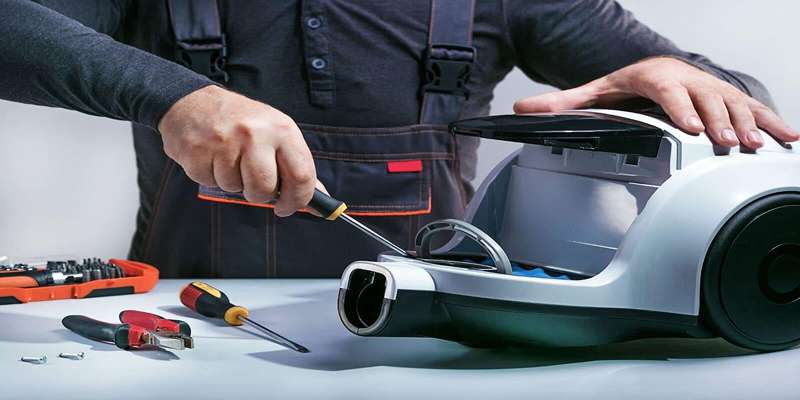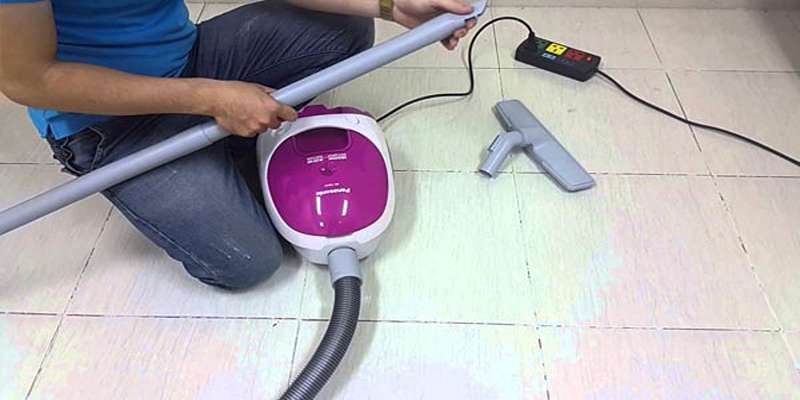Uncategorized
Electricity Leakage When Changing Cooking Functions in District 7
In the bustling urban landscape of District 7, where modern living meets culinary art, cooking with electricity has become a cornerstone of daily life. However, an unsettling phenomenon has emerged—the concern over electricity leakage when changing cooking functions. This issue not only raises alarms about safety but also prompts critical discussions around energy efficiency and appliance maintenance. As we delve into this topic, we’ll explore the causes and implications of electricity leakage, the role of modern kitchen appliances, preventive measures to adopt, and how residents can ensure a safe cooking environment.

See more: điện lạnh quận 7
Understanding Electricity Leakage: Causes and Implications
Electricity leakage occurs when electrical current flows unintentionally through a path other than the intended one, often due to malfunctioning appliances or faulty wiring. In the context of cooking appliances, especially when transitioning between different settings, understanding the root causes of this leakage is vital for the safety of users in District 7.
The Role of Aging Appliances
As appliances age, their internal components may deteriorate, leading to insulation breakdown.
This deterioration can result in exposed wires or damaged circuitry, increasing the likelihood of electricity leakage when switching cooking functions.
For example, common kitchen equipment like stoves, ovens, and microwaves may develop faults over time, and if users are unaware of these issues, they could be at risk every time they turn a knob or press a button.
Environmental Factors Affecting Appliances
The geographical and environmental conditions in District 7 can significantly impact appliance performance.
High humidity levels, fluctuating temperatures, and dust accumulation can contribute to moisture absorption within devices.
Moisture can facilitate electrical shorts, particularly when users switch between modes—such as from baking to broiling. Residents should be aware of these factors and periodically inspect their appliances to mitigate risks associated with electricity leakage.
Wiring Quality and Installation Practices
Another layer to consider is the quality of wiring and installation practices in the district.
Improperly installed or outdated electrical systems can create a hazardous environment, especially in kitchens where water and heat are prevalent.
An electrician’s expertise plays a crucial role in ensuring that appliances are safely connected, therefore preventing potential electricity leakage. Homeowners should always prioritize hiring qualified professionals to handle installations or repairs.

See more: điện lạnh TPHCM
Recognizing Signs of Electrical Issues in Cooking Appliances
Recognizing the signs of electrical issues in cooking appliances can save residents in District 7 from serious hazards. By being vigilant, homeowners can take preemptive measures to address problems before they escalate.
Unusual Smells and Sounds
One of the most immediate indicators of a problem is any unusual smell emanating from an appliance.
If an electric stove emits a burning odor, it may signify insulation melting or short circuits.
Similarly, odd sounds such as buzzing or crackling can be alarming. These noises may suggest that electrical components are malfunctioning or that there’s a loose connection, both of which can lead to electricity leakage.
Frequent Circuit Breaker Trips
A circuit breaker tripping frequently is another red flag that shouldn’t be ignored.
When you change cooking functions and the breaker trips, it indicates that the circuit is overloaded or that there is an underlying issue with the appliance itself.
Residents should keep track of such occurrences and seek professional help if problems persist.
Physical Damage to Appliances
Any visible damage to cooking appliances should also raise concern.
Burn marks, cracks, or frayed cords can all signal that something is amiss.
These physical defects can lead to hazardous situations, including electricity leakage. Regular maintenance checks can help detect these issues early on, reducing the chances of accidents.
Preventive Measures to Mitigate Risks
Preventing electricity leakage when changing cooking functions requires awareness and proactive measures. In District 7, residents can adopt several strategies to minimize risks and promote a safer cooking environment.
Routine Maintenance Checks
Regular maintenance checks are essential for prolonging the lifespan of appliances and ensuring they function safely.
Homeowners should schedule inspections with certified electricians who can evaluate the condition of their cooking appliances and wiring systems.
In addition, it’s beneficial to clean appliances regularly, as accumulated grease and debris can lead to overheating and potential electrical failures.
Investing in Quality Appliances
Investing in high-quality cooking appliances can make a significant difference in safety and performance.
While it might be tempting to opt for cheaper models, the long-term benefits of reliable appliances outweigh initial savings.
Quality appliances are typically better insulated and equipped with safety features that reduce the risk of electricity leakage.
Educating Household Members
Finally, education is a powerful tool in promoting safety in the kitchen.
Household members should understand how to operate appliances correctly and what actions to take if they observe any signs of electrical issues.
Creating a household safety protocol can empower individuals to be proactive rather than reactive, enhancing the overall safety of the cooking environment.
FAQs About Electricity Leakage When Changing Cooking Functions
What should I do if I suspect electricity leakage in my cooking appliance?
If you suspect electricity leakage, immediately unplug the appliance and stop using it. Contact a licensed electrician to assess the situation and conduct necessary repairs.
Can I continue using an appliance if the circuit breaker keeps tripping?
No, continuing to use an appliance that causes the circuit breaker to trip can be dangerous. It indicates a problem that needs to be addressed by a qualified electrician before further use.
How often should I have my cooking appliances inspected?
It’s advisable to have your cooking appliances inspected at least once a year to ensure they’re functioning properly and to prevent potential hazards.
Are there specific brands known for better safety features in cooking appliances?
Certain brands prioritize safety in their designs, incorporating features such as auto shut-off and improved insulation. Researching consumer reviews and ratings can help identify safer options.
How can I educate my family about kitchen safety regarding appliances?
You can educate your family by conducting workshops on appliance usage, discussing the importance of recognizing warning signs, and creating a shared set of guidelines for kitchen safety.
Conclusion
Electricity leakage when changing cooking functions poses a real threat in District 7, demanding attention from residents eager to maintain a safe and efficient kitchen environment. Understanding the causes of electricity leakage, recognizing the signs, and implementing preventive measures can create a safer space for culinary exploration. By prioritizing regular maintenance, investing in quality appliances, and fostering a culture of safety within households, residents can not only safeguard themselves but also elevate their cooking experience. As we continue to embrace modern technology in our kitchens, let us remain vigilant and proactive, ensuring that our culinary adventures are both enjoyable and secure.
